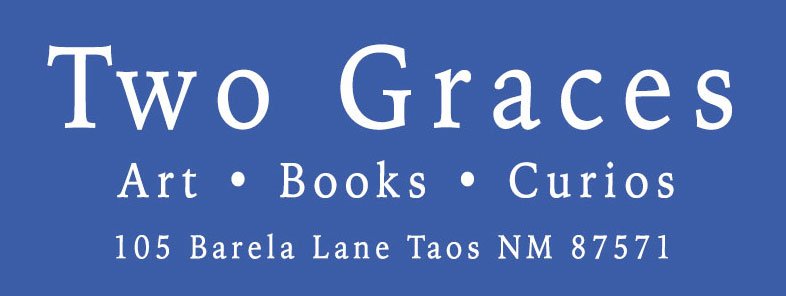 Image 1 of 7
Image 1 of 7

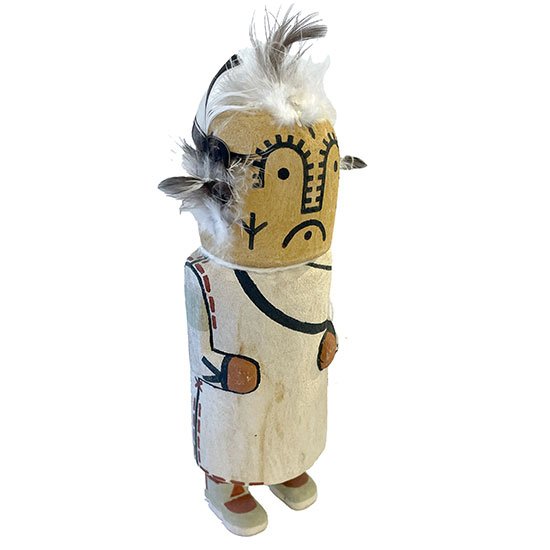 Image 2 of 7
Image 2 of 7

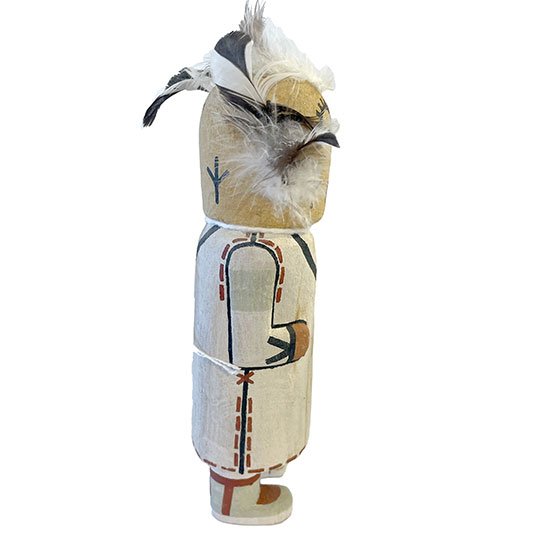 Image 3 of 7
Image 3 of 7

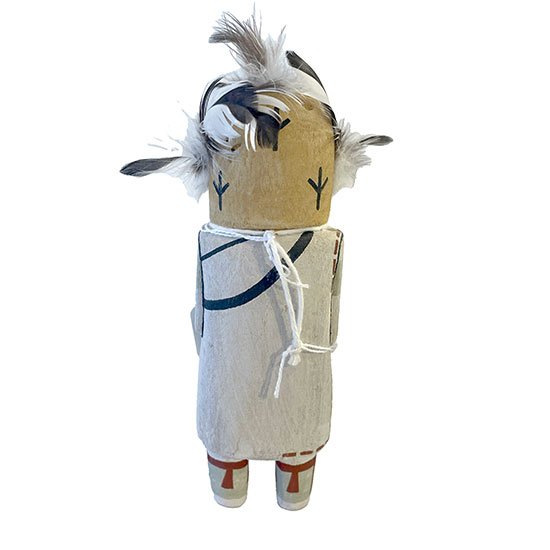 Image 4 of 7
Image 4 of 7

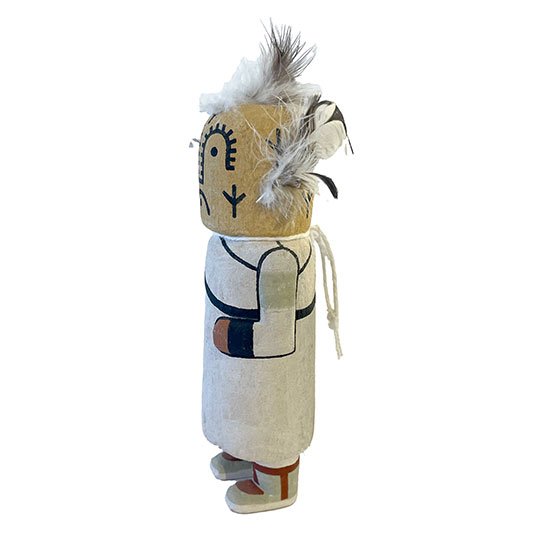 Image 5 of 7
Image 5 of 7

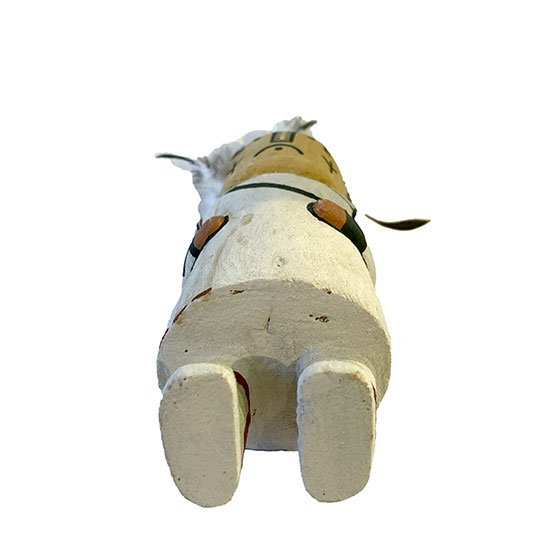 Image 6 of 7
Image 6 of 7

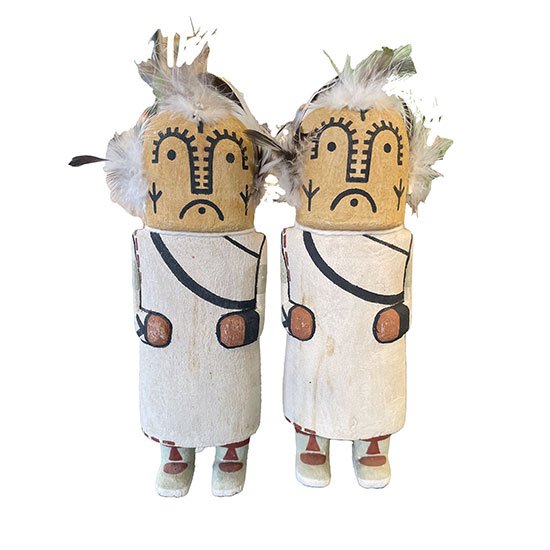 Image 7 of 7
Image 7 of 7








Second Mesa Qoqole Kachina
This Hopi Qoqole Kachina was made by traditional carver Max Curley, who is from the Hopi village of Musungnovi on Second Mesa in Norther Arizona. Introduced to the “traditional style” of carving by local carvers at Hopi, Curley uses natural hand-collected minerals for the paints used on his cottonwood root kachinas.
The Qoquole appears in large groups in the dances, and making and giving gifts to the children are just some of the many activities they participate in. These two Qoqole kacinas have the yellow faces and buckskin robes most often seen at Second Mesa. 21st Century, 8 ½ inches including feathers—available separately or as a pair.
This Hopi Qoqole Kachina was made by traditional carver Max Curley, who is from the Hopi village of Musungnovi on Second Mesa in Norther Arizona. Introduced to the “traditional style” of carving by local carvers at Hopi, Curley uses natural hand-collected minerals for the paints used on his cottonwood root kachinas.
The Qoquole appears in large groups in the dances, and making and giving gifts to the children are just some of the many activities they participate in. These two Qoqole kacinas have the yellow faces and buckskin robes most often seen at Second Mesa. 21st Century, 8 ½ inches including feathers—available separately or as a pair.
This Hopi Qoqole Kachina was made by traditional carver Max Curley, who is from the Hopi village of Musungnovi on Second Mesa in Norther Arizona. Introduced to the “traditional style” of carving by local carvers at Hopi, Curley uses natural hand-collected minerals for the paints used on his cottonwood root kachinas.
The Qoquole appears in large groups in the dances, and making and giving gifts to the children are just some of the many activities they participate in. These two Qoqole kacinas have the yellow faces and buckskin robes most often seen at Second Mesa. 21st Century, 8 ½ inches including feathers—available separately or as a pair.
